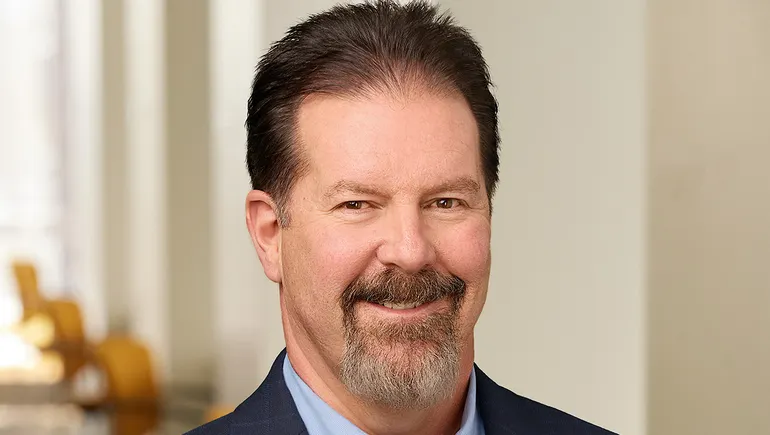Tariff fears are abating as the Southwest’s construction landscape heats up due to demand for data centers and chip fabs, according to Graycor Construction’s new general manager of the region.
The Oakbrook Terrace, Illinois-based firm and other contractors are racing to capture opportunities across Phoenix and beyond, even as the challenges of labor shortages and power needs loom over the sector. Amid this backdrop, Graycor Construction recently tapped Brett Helm to lead its Southwest division’s expansion into these fast-moving sectors.
Based in Phoenix, Helm brings 30 years of experience at various firms, including Redwood City, California-based DPR Construction and Falls Church, Virginia-based HITT Contracting.
Here, Helm talks with Construction Dive about market expansion, semiconductor competition and power constraints for data centers.
This interview has been edited for brevity and clarity.
CONSTRUCTION DIVE: What inspired your move to Graycor, and what are your first priorities in your new position?
BRETT HELM: A mutual subcontractor friend had mentioned to me that there could be a great opportunity here, and that he had nothing bad to say about them. So, that really perked my interest. I’m very grateful to be here and very grateful for the opportunity.
First priority is really to get in what I would call adjacent markets to the markets that Graycor is in here in the Southwest. We do have great builders, but the idea is to get a little bit more diversified in our markets. So, as one market goes down, ideally another market goes up, and we can just transfer our people from market to market. Ideally, that’s where I want to take us.
When you look at sectors like semiconductors and advanced manufacturing, how is Graycor positioning itself to stay competitive in the Southwest? Are you still seeing strong momentum in these sectors?
Yes, I’m definitely seeing strong [momentum.] We have opportunities in our pipeline right now that we’re going after. The resources that we have as an organization from the projects that we’ve completed over the years, and bringing that information to the Southwest from our other offices throughout the U.S., is how we are competitive. That is really the strength that we have.
So, when I say an adjacent market, that semiconductor and manufacturing part is really what I’m talking about, along with data centers.
What types of opportunities are you seeing in the data center space?
We have a lot of builders that can do parts of a data center, but what I’m going to do is bring in some additional resources to help us fill that market.
I’ve been in this market since the late 1990s, so a little over 25 years.
The data center market in Phoenix has just really accelerated. A lot of the colocation type markets — the quick hitters — those are a little bit easier for us to get into. And ideally, we would build that market to where we can get at the hyperscale type of clients.
With the ongoing pressures from rising costs and labor shortages, how do you see construction activity going the rest of 2025?
The tariff issue seems like it has really settled down. I know if you would have asked me this question three or four weeks ago, I probably would give you a different answer.
But right now, we’re actually getting a lot of competitive numbers from our subcontractor community. That’s a very competitive market out there right now. So, I think, construction activity is actually going to probably stay as is.
Our subcontractors are getting very good coverage on the projects that we’re going after right now. So, hopefully that continues throughout 2025.
Any other important trends in construction worth mentioning?
When we talk about data centers, our next big challenge that we’re going to have is power, getting power to these mega data centers.
You hear about these small modular reactors, SMRs. That next technology for power I think is going to be the trend that we’re going to see down the road.
I know the technology is there right now, but just getting through the permitting and all the hurdles that they have in their way to start building on these sites is difficult. Because right now, we have two great utility companies here in the Phoenix area, but there’s only so much power they can deliver. I think that’s what’s going to hold us back in this area.
View the original article and our Inspiration here


Leave a Reply